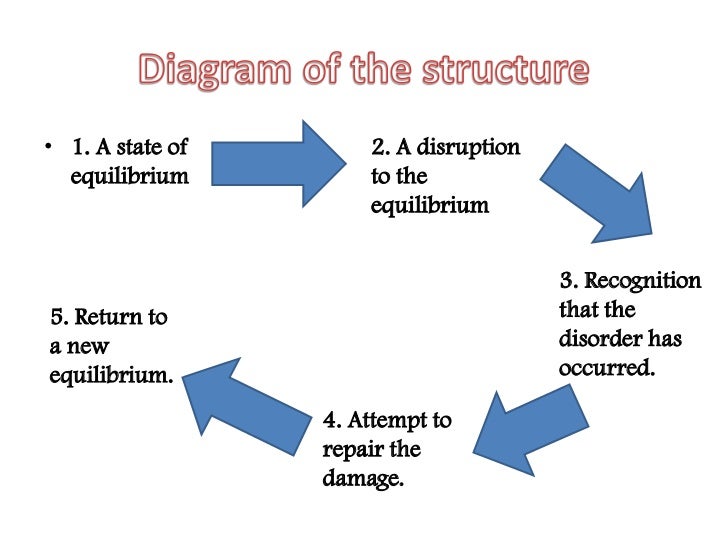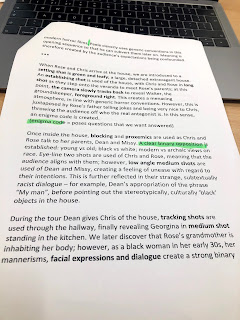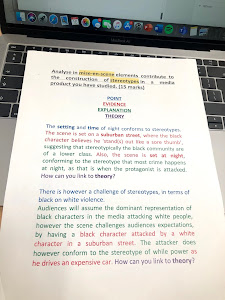unit 1: film analysis
Film analysis
independent company- An independent business is a business that is free from outside control. It usually means a privately owned establishment, as opposed to a public limited company, the latter of which is owned by investment shares traded in the stock market. In many cases, independent businesses are sole proprietorship companies.
conglomorate- A conglomerate is a multi-industry company – i.e., a combination of multiple business entities operating in entirely different industries under one corporate group, usually involving a parent company and many subsidiaries. Conglomerates are often large and multinational.
joint venture- A joint venture is a business entity created by two or more parties, generally characterised by shared ownership, shared returns and risks, and shared governance.
the big 6- main 6 company's that own most market share in film industry
Verisimilitude- how real the world of the story appears to the audience
Diegesis/ diegetic world- the world in which the film takes place
juxtaposition- placing one object next to another to create meaning
narrative theory- theories that categorise narratives and find features common to them
popular narrative theory
Levi-Strauss and Binary Opposition
- "cinema is a set of universal rules, a set of relations that could be described as the grammar film
- Levi-Strauss theorised that since all the cultures are products of the human brain, there must be, beneath the surface, features that are common to all
- Structuralism attempted to demoranticise the filmmaker as auteur and apply a more scientific approach to uncover the underlying structures of film
- Narrative tension is based on opposition or conflict
- this can be as simple as two characters fighting, but more often functions at ideological level
- He analysed the plot components of Russian folk tales to identify their basic narrative elements
- he looked at one hundred folk tales and came to the conclusion that they were all made up of 31 plot elements, which he called functions
- he also found that despite the large of characters which appeared in the folk tales, there were only 8 character types: Hero (goes on quest and ends up with princess), villain (against here), dispatcher (set the hero off on their quest), princess or prize (prize of hero), father (rewards hero and identifies false hero), false hero (takes credit for heroes actions), helper (helps hero)
- hero- Shrek
- villain- Lord Farquard
- princess- princess Fiona
- dispatcher- lord Farquard
- donor- fairytale characters
- father of princess- father/parent
- false hero- prince charming
- helper- donkey
- hero- lightning Macqueen
- villain- Chick Hicks
- dispatcher- Doc Hudson
- donor- Doc Hudson
- False Hero- Chick Hicks
- Prize- Piston Cup
- Princess- Sally Carrera

- emotional pleasures- how does the text make you feel? - happy, sad, nostalgic etc.
- Visceral pleasures- gut responses such as excitement, fear, laughter
- Intellectual Pleasures- does it make the audience think
Mise-en-scene- everything Infront of camera · Costume · Props · Setting · Colour palette · Hair and make up · Performance | Camerawork · Camera movement · Camera angle · Shot size · Depth of field · framing |
Editing · pacing · length of cuts · transition · elliptical editing | Sound · sound fx · diegetic · non diegetic · parallel · contrapuntal · Diegetic- in the world of film · Non diegetic- added to the scene but not in world e.g. music in background |
micro features of Get Out clip:
Sound:
diegetic
dog barking
crickets
leaves in wind
cr engine
man talking
boot door slaming
"crazy confusing ass suburb"
Parallel sound- sound that matches the actions
non diegetic
old fashioned music
creepy score
cam movement:
slow tracking back
medium shot
pan around 180 degrees
ark shot
shot size
depth of field
editing:
continuous shot
fast paced editing
shot reverse shot
chronological editing
Pacing
Length of cuts
Transition
Elliptical editing
mise en scene:
dark lighting
empty street
silent
face half lit
blurred lighting
wearing a tracksuit- stereo typically not wealthy
spotlight
red brake lights
black clothing
nice car
props
setting
hair and make up
colour palette
1st answer
Subvert- Challenge or change (starts to answer straight away)
Props character types- tied in theory to answer
Peel- links back to question
needs one more paragraphs to get full marks
2nd answer
enigma code- theory- can lead to talking about theory
straight to theory, not explained anything else
very good last line
3rd answer
false hero- theory
new sense of equilibrium- theory





Comments
Post a Comment